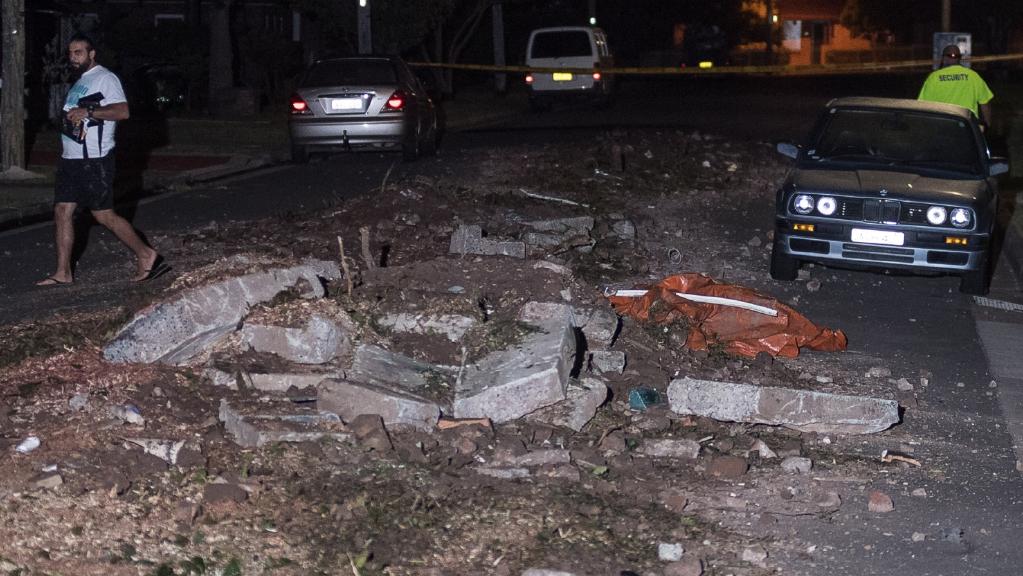Police are on the hunt for the culprit responsible for dumping 8 tonnes of asbestos contaminated materials on a suburban street in Chester Hill.
Residents of the Western Sydney suburb woke up Monday morning to find debris scattered all over the road after being illegally dumped at 1am that morning. The road was soon taped off by police as fire crews in hazmat gear began to sift through and clean up the dumped material, which consisted mostly of asbestos contaminated soil.
Asbestos contaminated waste dumped in the middle of the road in the Sydney suburb of Chester Hill.
Understandably the residents of the affected street were not happy about the illegal dumping, with one commentator going as far as calling the individuals responsible for dumping the material ‘potential murders’.
Sure, the phrasing might be a tad dramatic, but the links between asbestos and fatal health conditions like mesothelioma are well established, meaning that the dumped materials pose a serious health risk to the affected street’s residents.
Although it may not make the headlines, asbestos contaminated soil is sometimes found when undertaking demolition, excavation or construction works.
Most home owners are completely unaware that there could be unwanted asbestos buried underneath their house foundations or below their backyard. This is usually due to illegal and improper disposal of asbestos from past demolition, renovation or building works.
Regardless of how it got there, the result is the same: broken pieces of asbestos sheeting scattered throughout the soil. These pieces of asbestos sheeting are easily identified by the waffle-shaped pattern on their underside.
Asbestos fibre board often features a walfle pattern on its underside.
If asbestos contaminated soil is found on your property there are two main courses of action that can be taken:
- All the contaminated soil can be excavated and disposed off as asbestos contaminated waste. Although straightforward, this solution means that all the soil must be disposed of as asbestos waste, costing roughly $330 to dispose of per tonne.
- If the contamination is mainly surface level, an asbestos removal crew can be brought in to hand-pick the pieces of asbestos from the soil. Although tedious, this ensures less asbestos waste and therefore a lower disposal fee.
Asbestos hiding amongst the soil.
Both of these options require a trained asbestos removal crew and supervisor to undertake and supervise the asbestos removal works as well as a third party certifier to approve that the previously contaminated area is now free of asbestos.
Although alarming, by acting quickly and soliciting a professional asbestos removal company, asbestos contaminated soil can be throughly and safety removed.














